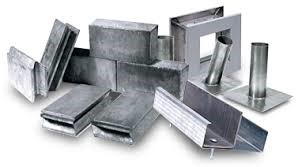Use of Lead Shielding
Last Updated: February 16, 2024 10:22:10 AM PST
Give feedback

Learn about handling lead shielding.
Lead shielding protects workers and patients from exposure to radiation in medical and research settings. Since metallic lead itself can be toxic, lead shielding requires special handling. Lead particles can be transferred to hands or clothing, or accumulate as dust on floors and other laboratory surfaces. The following guidelines can help reduce exposure:
- Wear disposable gloves when handling metallic lead as well as a disposable lab coat and safety glasses.
- Wash hands and area thoroughly after handling lead and before leaving the lab.
- Cover lead with plastic sheeting to prevent lead contamination if working with unsealed radioactive material.
- Purchase or prepare encapsulated lead whenever possible.
- Never use lead bricks or shielding as a doorstop.
- Avoid putting labels or stickers on lead as they can make future reuse or recycling difficult.
- Never dispose of lead in regular trash. Follow hazardous waste disposal procedures.
- Contact your safety advisor if you need to cut lead shielding since this activity can generate high levels of lead dust.
Regulations and policies
- Lead, California Code of Regulations, Title 8, Section 1532
- Lead Laws & Regulations, California Department of Public Health
- Lead Enforcement Program and Current Ordinances, City of San Diego
- Renovation, Repair and Painting, Environmental Protection Agency